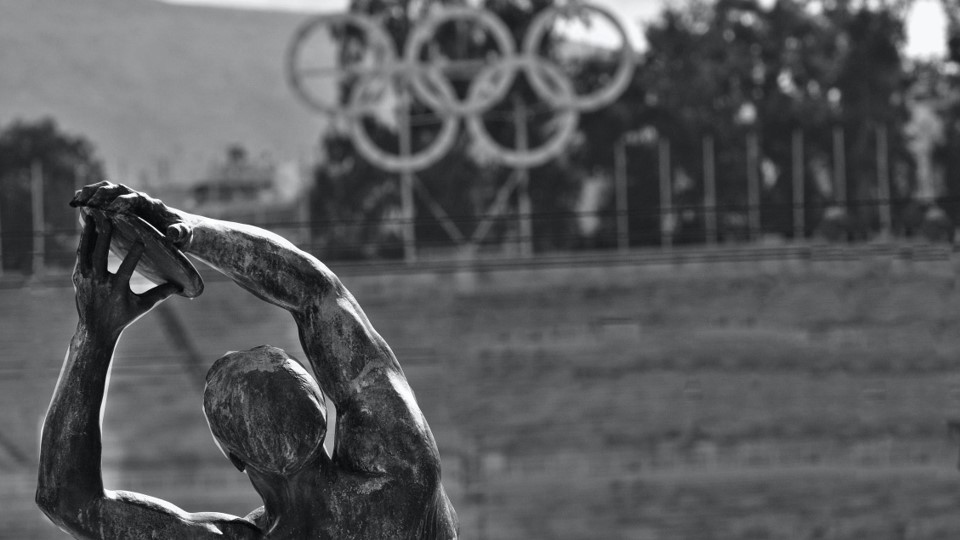Japan was at the centre of world attention between 23 July – 8 August when it hosted the 32nd Olympic Games. This focus on the country was motivated not only by the sporting aspect, but also by the exceptional circumstances in which the games were held – in the middle of a global pandemic – which had already led to the postponement of the 2020 games to 2021. Only four editions of the Olympic Games had been suspended since 1896, including the 2020 Games; on the other three occasions, the causes of postponement were related to the Great World Wars of 1914 and 1939.
So, if preparing for a competition of this magnitude was already a demanding task for the athletes, COVID-19 undoubtedly redoubled the demands of this preparation, forcing them to adapt their physical and mental training to circumstances as atypical as those caused by the lockdown to which the athletes were subjected during the past year. In this situation, athletes were forced to resort to imagination, innovation capacity and reinvention in order to apply techniques that would allow them to achieve the best physical and mental performance conditions for the 2020 Olympic games.
It’s becoming increasingly common to hear of athletes who approach their training habits with innovative practices focused on other complementary areas in search for disruptive paradigms. In other words, elite athletes use day-to-day management techniques comparable to those employed by the best companies. Curiously, one of these techniques has its origins in Japan: the KAIZEN™ methodology, or continuous improvement, applied by Cristiano Ronaldo himself, among other sportsmen, during their preparations. Japan is the birthplace of this methodology, and like these Olympic games, this methodology emerged at a time of crisis, at a time in the past when, as in the present, it was essential to rebuild, re-imagine and reinvent.
The KAIZEN™ methodology was born out of one of the greatest catastrophes in history – the Second World War – as an attempt to survive the devastation caused. Japan had lost almost half of its national wealth, leaving its entrepreneurial fabric in ruins. The quick reaction of Japanese organisations allowed them not only to survive, but also to become one of the world’s leading powers, a reaction that became known as the ‘Japanese Economic Miracle.’
Against this background, the question arises: how can elite athletes apply this method, theoretically created for the economic recovery of a country, and make the Olympic games a modest reinvention of that miracle?
Over the decades, Japanese industry has adopted and refined the concept of continuous improvement as a key tool for its global competitiveness. Japanese culture focuses on continuous improvement of the individual and society, respect for the common good, space organisation, visual management and on the use of best practices, all resorting to routines of excellence that focus on tasks that add value whilst eliminating waste. Ensuring that results are consistently achieved, year after year, by improving every day, in every area, with every member of the organisation.
This mindset can be applied to the whole sports practice. Elite athletes are challenged to achieve excellence in performance, at a specific moment in time, based on a dream to achieve (the mission), defined objectives (the vision), with a long-term preparation strategy (strategic priorities), a training plan, competition (initiatives), all accompanied by a trajectory, daily practices, and demanding routines.
The physical aspect is supported by specialists in the areas of nutrition, sleep, recovery, physiotherapy and others associated with the body’s optimisation. The emotional aspect, such as the increase in concentration, self-motivation, and confidence, generates the additional effectiveness in sports performance. As far as the intellectual aspect is concerned, it anticipates and understands each moment of the competition, with complex, but necessarily logical and coherent decision-making processes.
The athletes we see competing in Tokyo 2020, and all professional athletes in general, serve as role models for millions of people well beyond the context of competition. We can apply the techniques they use to boost our skills and results through a daily approach based on being demanding and striving for excellence, in rituals, habits and behaviours.
All things considered, these Olympics were special, and both the host country and the participating athletes resurrected the ‘Japanese Miracle’.
#culture and organisation
See more on Culture & Organisation
Find out more about improving this business area
